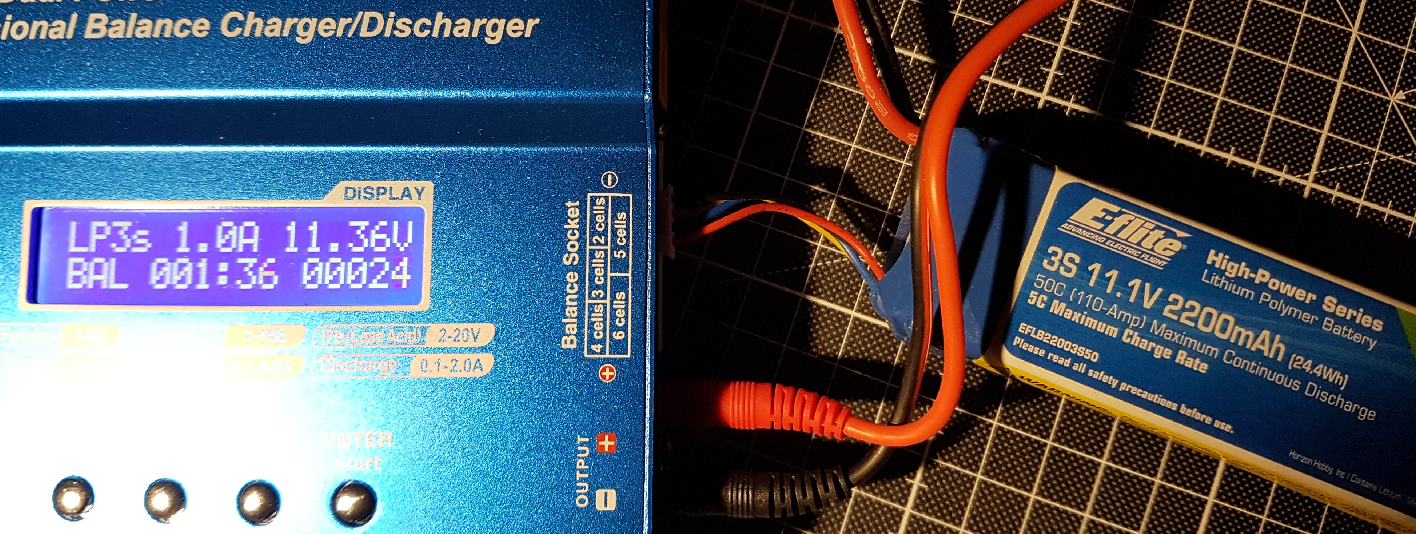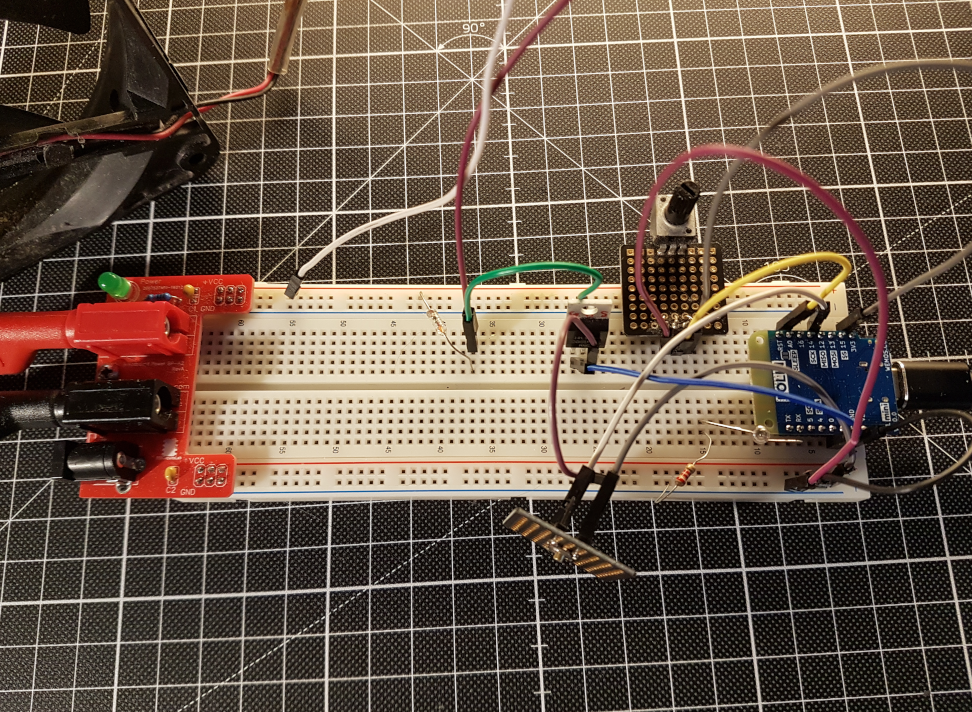-
LiPo 3S and GitHub repository for KiCad files
10/26/2022 at 18:09 • 0 commentsProject notes 2022-10-26 (POC 3S LIPO)
Find the new GitHub Solder Fume Extractor Hardware repository where the KiCad design files will be hosted, together with other material during the progress of the open-source project. Thus feel free to use the material as you see fit, but see LICENCE.
I have also ordered a Sensirion SGP40 air-quality sensor to get some indicative readings. Will our HEPA and active carbon filter perform as expected? These experiments will come later when we flush down the main conceptual ideas around electronic design.
The chosen battery topology will influence a lot of the design. The power source, such as batteries in series or parallel with a boost converter and lithium cells with enough capacity, is rather bulky.
That will influence the overall dimensions and cost to manufacture. Therefore I started today to evaluate a lithium 3S power pack solution that gives 11.1V nominally. I will continue with 3P/4P in the coming days.
I'm interested in, for example:
- Can it run the fan continuously for 8-10 hours?
- Will it recharge the 3S pack fully during the night?
- What changes in the fan's LiPo cell voltage during discharge?
- What is the required charge current?I prefer to do some accurate tests since this strongly influences the final design. Luckily I have an RC charger that charges a 3S pack for coming tests. A first estimate is that the fan requires 2.4Wh (12V@0.2A), and this 3S pack with 24.4Wh (11.1V@2.2A) should theoretically be capable of 10.2 hours of power.
![]()
-
POC fans
10/24/2022 at 15:57 • 0 commentsProject notes 2022-10-24 (POC PSU fan)
All my scrap fans are simple 2-wire power-feed 12V fans.
- 12V PC 140 mm from Apevia, a very plastic fan. The rated electrical current is 0.33A.
- 12V PSU 140 mm fan from Yate Loon Electronics/Corsair supply rated at 0.7A.
Initial tests rule out old PC fans due to lack of static pressure capability, but the PSU fan looks promising and starts spinning at 2.7V. The electrical current consumption of the latter was 0.46A at startup but throttled down to 210 mA when it's up and running. The Corsair PSU fan is a sturdy unit with metal blades.
The PSU top part metal cover width is 150 mm from the PSU chassis scrap pile. We can later fit some HEPA and active carbon filters there to absorb the bad stuff.![]()
-
Breadboard tests with ATtiny85, STM32G031, and ESP8266
10/23/2022 at 15:18 • 0 commentsOct. 23 - 2022. (POC Arduino code)
I tested various potential microcontrollers on a breadboard, such as ATtiny85, STM32G031, and a bare board, the ESP8266 D1-mini from Lolin. In these tests, I used an IRL520N n-channel MOSFET. It works for now but has only a maximum drain-source voltage of 16V, which gives us a narrow margin of 4V.
I gave up programming the basic ICs since it was too cumbersome moving cables and ICs around, and the requirement for an external programmer, albeit simple for the ATtiny85.
The ESP8266 has the enormous advantage of updating the firmware with WiFi (OTA). No one will disassemble a project and dig out the controller to be able to hook up to the PC. It also has a 10-bit PWM control and can adjust the PWM frequency above the human ear frequency range.
The downside is that it consumes about ten mA vs. < 5 mA for the bare ICs, without enabled WiFi. However, this is not a massive difference since the fan will draw 150-200 mA. I have now created the first POC code, which works as planned. I have not coded OTA for the ESP8266, but I have already used it for other ESP32 projects.
![]()
Solder Fume Extraction Station Deluxe - from scrap
Inhaling the solder fumes is terrible for the health. Maybe some old parts from my old PCs could supply some details for this project.
 Debinix
Debinix

